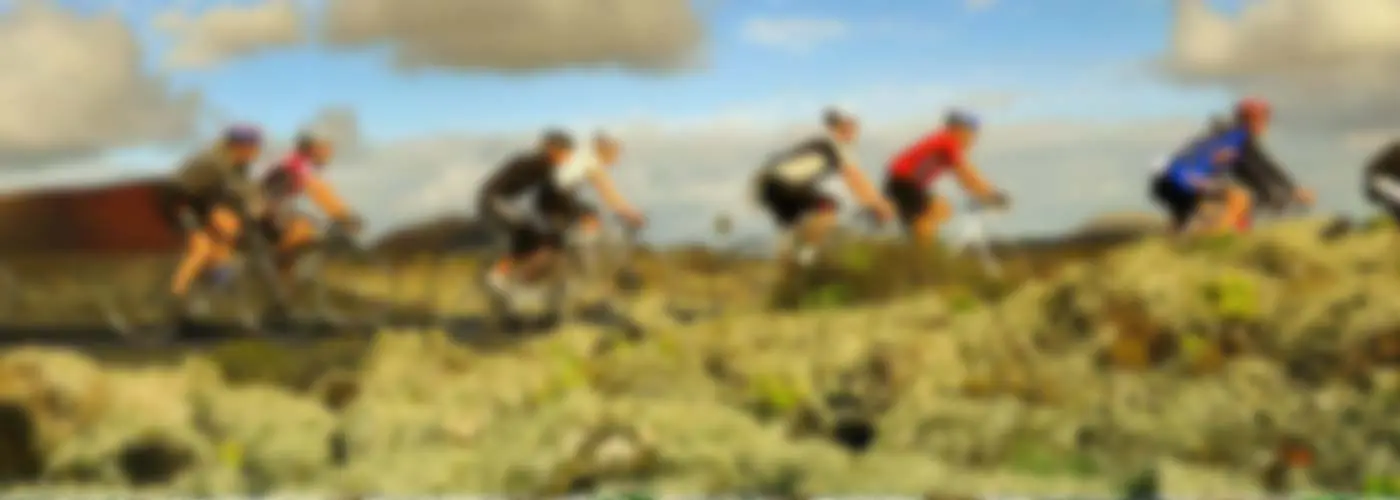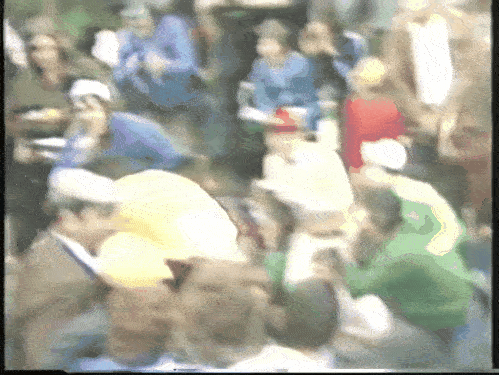Well, rather than spending your time combing another search engine, check out our list of all your frequently asked questions about cycling's biggest ride.
What is the Tour de France?
1 of 15
The Tour de France is a yearly pro cycling multi-stage race, primarily held in France. It is the biggest event on the cycling calendar each year and draws millions of spectators over the 23 days of racing.
Find:
Your Next RideDoes it only take place in France?
2 of 15
No, oftentimes the race dips into surrounding countries or even starts outside of France. In 2017, the Tour will begin in Düsseldorf, Germany, and continue into Belgium and through Luxembourg, before spending the majority in France.
Find:
Your Next RideHow long is the Tour de France?
3 of 15
The 2017 Tour de France will cover 3,540km, which is approximately 2,200 miles. Each stage consists of rides ranging from 14km time trials to 222.5 km flats and 183 km climbs.
Find:
Your Next RideWhen is the Tour de France?
4 of 15
In 2017, the Tour de France will run from July 1-23. For a full schedule and coverage information, visit NBC Sports.
Find:
Your Next RideHow many stages are in the Tour de France?
5 of 15
There are 21 stages each year, spanning across 23 days in July.
Find:
Your Next RidePast winners of the Tour de France
6 of 15
The past five winners of the Tour de France include Chris Froome (2013, 2015-2016), Vincenzo Nibali (2014) and Bradley Wiggins (2012). For a full list of past champions, visit letour.com.
Find:
Your Next RideBut I thought there was a team aspect to the Tour?
7 of 15
There is. While only one individual is crowned champion each year, that rider's team is crucial to his success. Each team consists of nine riders with one leader, who is typically the strongest rider. The remaining eight are referred to as domestiques (which translates from French to servants), who are there to protect the leader from the wind and allow him to draft off their slipstream.
Find:
Your Next RideAverage speed in the Tour de France?
8 of 15
The average speed of a pro cyclist can vary greatly depending on the terrain. On flats, speeds can range from 25 to 28 mph while pros drop to 21 to 25 mph on large climbs.
Find:
Your Next RideWhat is a peloton?
9 of 15
A peloton is simply the main group of cyclists in a race. They often ride in formation and conserve energy by drafting off other riders.
Find:
Your Next RideWhat do all the colored jerseys mean?
10 of 15
There are four special jerseys awarded to cyclists throughout the Tour: yellow, green, polka dot and white. Find out what each jersey signifies.
Find:
Your Next RideIs there a women's Tour de France?
11 of 15
The short answer is no. However, each year women do participate in a one-day event called La Course, which runs on the final day of the Tour de France and acts as a showcase of women's cycling.
But the more comparable race to the men's Tour is La Route de France Féminine, which used to take place every August and included seven stages, providing a platform for women's stage racing since 2006. Unfortunately, the 2017 race was cancelled due to scheduling conflicts with the UCI.
Find:
Your Next RideHow old is the Tour de France?
12 of 15
This year's race will mark the 104th time the Tour de France has been held. It was started as a publicity stunt by Henri Desgrange in 1903 to bring attention to the newspaper he worked for, L'Auto.
Find:
Your Next RideWhat are the worst crashes in Tour de France history?
13 of 15
Often a popular topic for those that aren't hardcore cycling fans, there have been many epic crashed in the Tour's 104-year history. Take a look at some of the gnarliest.
Find:
Your Next RideWho is Lance Armstrong?
14 of 15
While you've probably heard the name before, you might not know all the details about this infamous cyclist's career. Armstrong raced professionally from 1992-2011, won the World Road Race Championships in 1993 and claimed a record seven-straight Tour de France titles from 1999-2005. However, in 2012, he was banned from all sanctioned Olympics sports for life for doping violations, and results from August 1998 to his banning were voided.
He is also a testicular cancer survivor and founded the Livestrong Foundation that supports other cancer survivors.







Discuss This Article